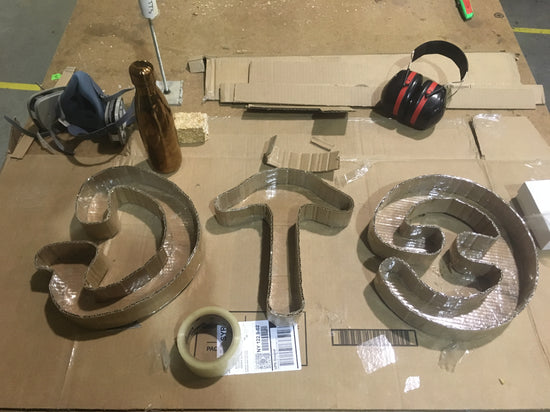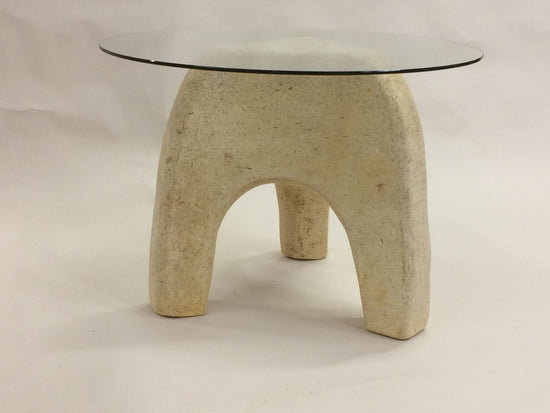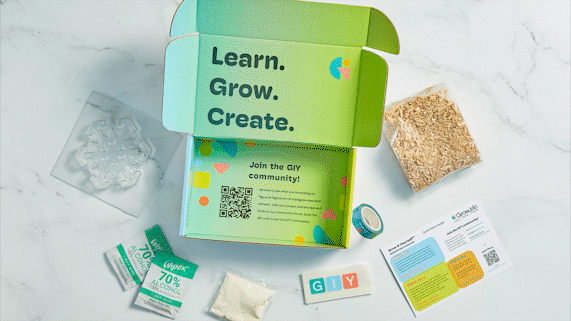The Ecovative design team traveled to New York City to attend the Biodesign Challenge Summit for 2019, held at the Museum of Modern Art and the Parsons School of Design. It was a fast-paced competition where leaders in biotechnology, design, and science reviewed student ideas and solutions in the field. Together those in the Biodesign community are trying to tackle global issues through a true collaboration of design and science. The student team that wins the competition is awarded the Glass Microbe.

Thirty-two finalist teams coming from over nine countries and for the first time, high school students, presented at the challenge. Judges were each only able to see one-third of the teams but were able to personally interact with all of the teams at the end of the day at the project gallery exhibition at Parson’s Making Center where teams had the opportunity to bring in physical materials and prototypes.
A range of scales were tackled, from saving cities with mangrove inspired architecture and healing roads with mycelium, to ways of purifying the air with artwork in your living room and enzymes for degrading microplastics in your laundry. A range of markets were addressed, from countries with limited access to medical supplies, to the avid consumer of denim and leggings. Some teams worked with problems we are aware of and found new creative ways of solving them. Others reimagined what we may struggle with in the future when we have colonized beyond Earth. These solutions used knowledge of fashion, art, science, food, medicine, materials, and the universal goal to improve the world we live in.

Sarah Richardson, MicroByre
While young students just emerging into the field of Biodesign shared their ideas, experts and professionals in the field also shared their advice and experiences. Sarah Richardson was a guest speaker who spoke about how bacteria are responsible for many of the core processes we depend on and any control we believe we have is an illusion. This lesson is at the core of biodesign. We can’t control nature, we must collaborate with it. We can achieve our goals by working with it, but we can not make it do something it doesn’t want to do. She shared how many analogies in biology can be misleading, specifically that DNA is a programmable language like a computer. This is untrue because DNA is not like a manufacturing process, it is an imperfect replicator and will always do the process that most easily benefits the organism. In the case of bacteria, it is best if we allow it to keep doing what it wants and select for the traits we desire rather than insert new DNA. Because we do not have direct control over this process it requires that we adapt our way of thinking and how we work through systems in order to work with nature.

Natsai Audrey Chieza, Faber Futures
Natsai Chieza, Founder of Faber Futures, spoke the second day, reinforcing that for a lot of Biodesign new strategies will need to be used, and in ways that are repeatable. This was clear to her during the making of Coelicolor where bacteria was used to create coloring on textiles. To make that project possible new ways of making had to be found that ideally would be repeatable. This brings us to the next step of industrializing bacteria growth, but with that brings into question the cultural impact it may have. Regardless, Natsai feels we cannot simply input this process into an already broken system, the system itself also needs to be revitalized. It is time to rethink our process for industrialized scale up.
Sources:
https://biodesignchallenge.org/summit-2019
Watch the BDC Day 2 Live Stream:
https://www.youtube.com/watch?v=JDe3qTGY1n8
Banner Image: BioDesign Challenge
Follow all the branches of Ecovative Design:
ecovative
grow.bio
mushroompackaging





